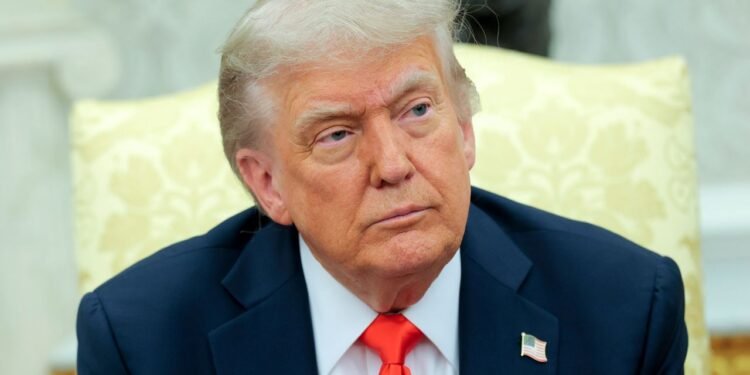Ghana’s Gross International Reserves were down by US$147.2 million in the first two months of the year, representing 1.5 percent decline in the country’s reserves when compared to the figure recorded at the end of December last year.
Data from the Bank of Ghana show that Gross International Reserves at the end of February 2022 stood at US$9,548.0 million, providing cover for 4.3 months of imports of goods and services. This compares with US$9,695.2 million, equivalent to 4.4 months of import cover at End-December 2021.
The decline in Gross International Reserves may not have provided much cover for the local currency which faced increased volatility in the foreign exchange market during the first few months of the year.
Official Statistics from the Bank of Ghana show that cumulatively, the Ghana Cedi depreciated by 14.6 percent against the US dollar, and 11.6 percent each against the Pound Sterling and Euro, from the beginning of the year up to March 15, 2022. At the same period last year, the Ghana cedi appreciated by 0.6 percent and 3.4 percent against the US Dollar and the Euro, and depreciated by 1.0 percent against the Pound Sterling.
Explaining the causes of the intense pressure the Cedi is currently facing, the Bank of Ghana stated that it was due to “demand pressures from offshore secondary market activities, corporate sectors, oil importers, and weakened sentiments due to the downgrade by the rating agencies”. These factors, according to BoG, tightened forex liquidity which was partly eased by the regular foreign exchange auctions and inflows from mining and remittances.
Strong performance last year
Despite a faulty start this year, Ghana’s gross international reserves recorded an impressive run in 2021 as compared to developments in 2020. Gross international reverses at the end of January 2021 was US$8,835.0 million which accounted for 4.1 months of import cover but rose steadily to US$11,026.9 million (5.0 months of import cover) in June 2021.
The country’s Reserves continued its impressive run in the first two months of the second half of 2021, rising to US$11442.5 million in August, the highest value recorded in the past one year and provided 5.2 months of import cover for the local currency as at that time. The strong build-up of reserves in August was supported by the US$1 billion Special Drawing Rights (SDRs) that Ghana received from the IMF.
It however, declined by US$748.1 million in September which saw the import cover also dwindling to 4.9 months. In the last quarter of 2021, the country’s reserves rose significantly to US$10,783.0 million, equivalent to 4.9 months of import cover in October but could not maintain the momentum throughout the quarter, falling to US$9,695.2 million in December 2021. Correspondingly, the import cover dropped to 4.4 months at End-December 2021.
A strong reserve build-up is needed to provide some buffer to the local currency which is still under some demand pressures from commerce, manufacturing, and the energy sectors as economic activity gradually recovers.
The current import cover of 4.3 months is still below the ideal value of 8 to 10 months which is essential for a stable currency. This means a further build-up of reserves in the rest of the year could provide additional support to the Ghana Cedi to avoid precipitous depreciation against its major trading partners in the course of the year.
READ ALSO: Frontiers Healthcare Services Ltd made Supernormal Profit of US$130million- Ablakwa



















